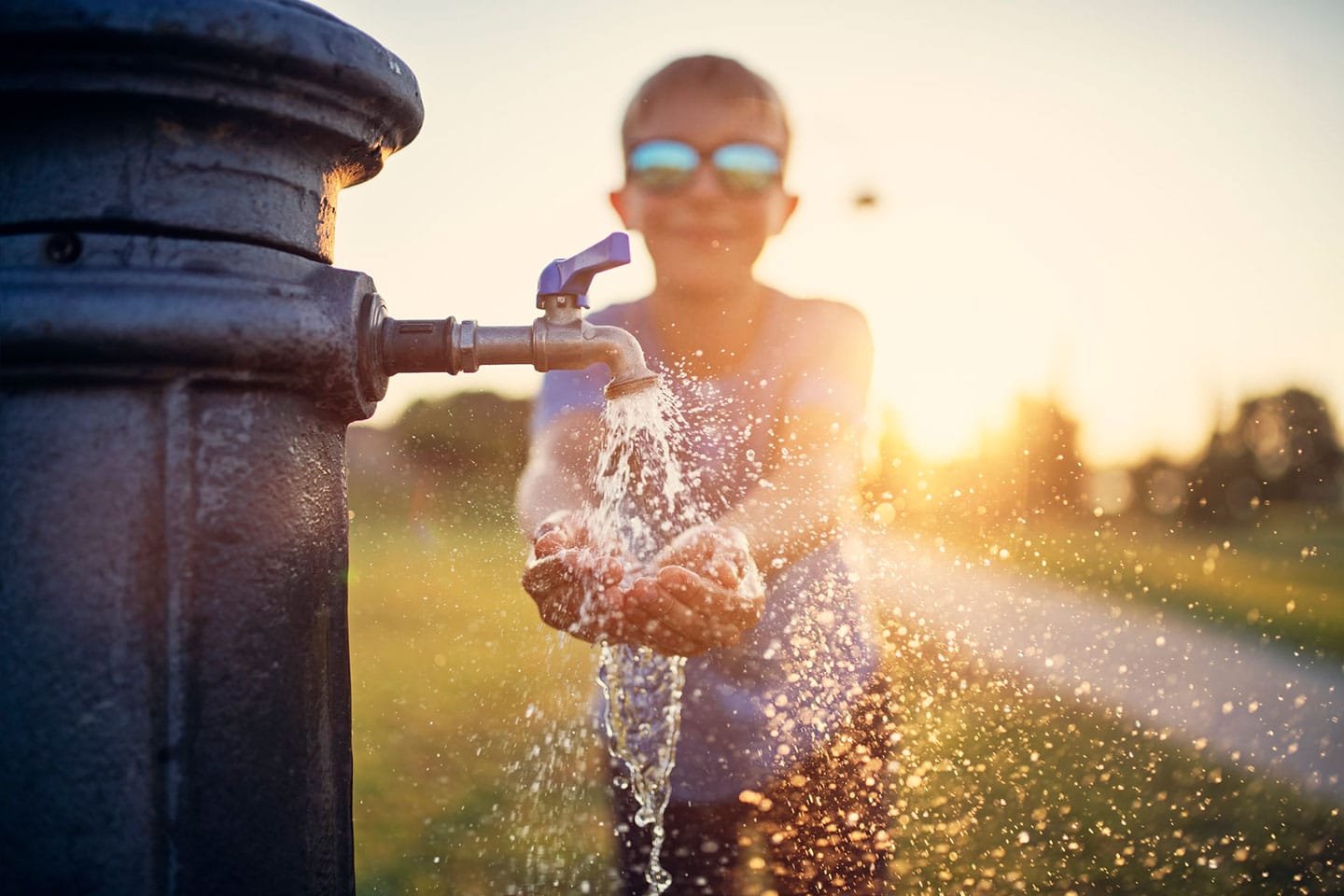
Keeping Cool in the Summer
Steuben County has officially entered the dog days of summer, which means many of us are spending time outdoors enjoying our favorite activities in the sun. However, the next few months also bring the hottest weather Indiana experiences all year, which calls for extra precautions to ensure everyone stays safe and healthy.
Heatstroke, a condition caused by the failure of the body’s temperature-regulating mechanisms, is very common in July and August. To learn more about heatstroke and ways to prevent it, we talked with our Occupational Health team and Dr. MacLean, Medical Director at Urgent Care, to hear what they have to say about staying safe in the sun this summer.
What is Heatstroke?
Heatstroke and its symptoms are the body’s reactions to prolonged exposure and overexertion in high temperatures, resulting in an internal body temperature of 104 degrees or more. During heatstroke, the body loses its ability to control internal temperature due to the loss of water and salt through sweat. Without prompt treatment or knowledge about the condition’s dangers, heatstroke can quickly damage the brain, heart, kidneys and muscles.
What are the Symptoms of Heatstroke?
Heatstroke symptoms can include:
- A body temperature of at least 104 degrees Fahrenheit
- Head throbbing
- Confusion
- Agitation
- Slurred speech
- Nausea or vomiting
- Hot and dry skin
- A high pulse
- Rapid breathing
- Flushed skin
How Do You Prevent Heatstroke?
- SPF is your best friend: Wear at least 30 SPF sunscreen every day for consistent sun protection. Sunburn increases your risk of heatstroke.
- Keep things light: Dress appropriately for the weather by wearing light and loose-fitting clothing when in hot temperatures to keep you cool. Wide-brimmed hats and sunglasses can also help prevent heatstroke.
- H2O on the go: Stay hydrated by drinking lots of fluids. Typically, drinking 64 fluid ounces of water a day is recommended to maintain healthy hydration. This will make it easier for the body to produce sweat, which naturally cools you off.
- Check before you park: Don’t leave children in parked cars. The interior temperature of your car can increase rapidly in a short period of time. Keeping individuals of any age out of parked cars will prevent them from overheating.
- Track the UV: A UV index of six or above can increase the probability of dehydration and potential overexposure to the sun, resulting in sunburn and heatstroke.
- Look over your medication: Check medications for heat-related complications. Some medications affect the body’s ability to stay cool and hydrated.
What Should You Do if You Think You Have Heatstroke?
If you think you or someone you know is suffering from heatstroke, take immediate action to bring the person indoors or find shade. Remove any excess or heavy clothing the person is wearing and try to cool the person down with whatever tools you have available, such as water, a fan or ice packs.
If the symptoms are prolonged or worsen, call 911.
During these warmer months, Cameron Emergency Department is here when you need us. Learn more on Cameron’s website.
©2025 Cameron Memorial Community Hospital
416 E. Maumee Street, Angola, IN 46703

Recent Comments